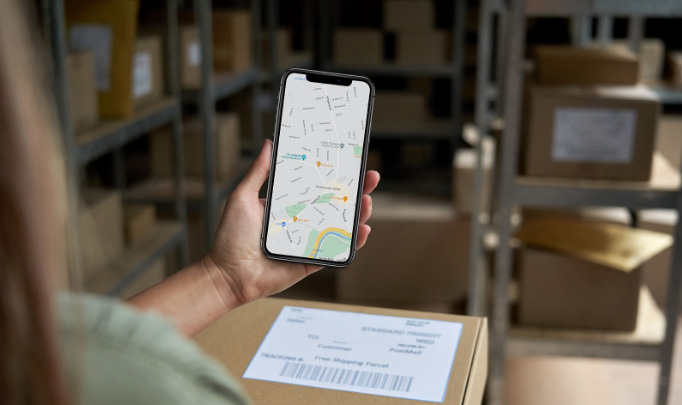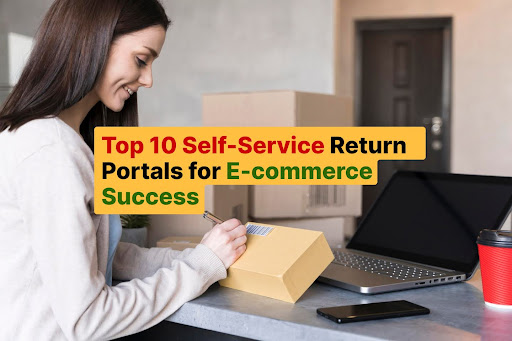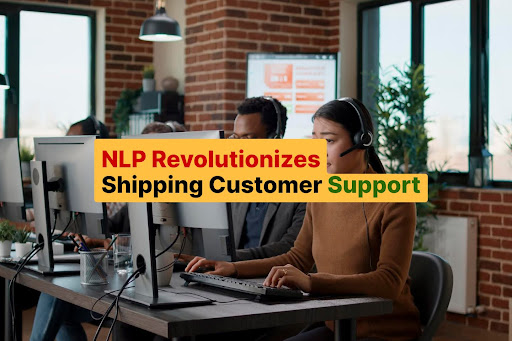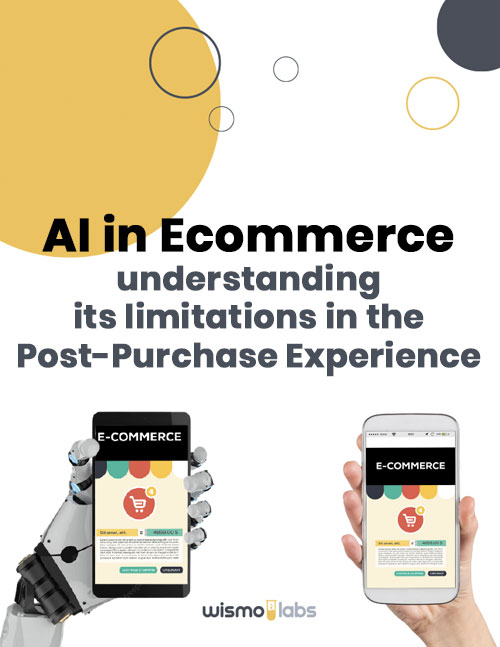Direct to Consumer, or DTC, eCommerce businesses are a unique breed. While there are many advantages to cutting out the middleman in retail, the reality of DTC eCommerce can be challenging. When it comes to order fulfillment, a DTC eCommerce business can find out just how difficult it can be to do it properly and profitably.
What is DTC eCommerce?
A manufacturer of goods is considered DTC (Direct to Consumer) if shoppers can purchase their branded products directly from them. Where most eCommerce retailers rely on distributors or other 3rd party companies to help them fulfill their orders, manufacturers who sell directly to consumers use eCommerce to take orders, package products and ship them directly to customers. Many DTC businesses also sell their products through other retailers, such as eBay, Amazon, or even brick and mortar stores, but DTC ecommerce businesses also allow customers to visit their website and place orders directly.
Why the DTC Model Creates Successful eCommerce Brands
88 percent of consumers prefer to buy products directly from the brand. There are many reasons for this, including better access to information and product availability. Creating an eCommerce retail site along with a brand’s corporate website is a solid strategy that allows a brand to have better control over the sales journey, bigger profit margins, and a direct relationship with customers. When a brand looks to expand their product offering, or conduct research, oftentimes it is very helpful to have a direct line to the customer. The DTC model allows you to do that.
6 Common Shipping Process Challenges of DTC eCommerce
It is very important to approach your DTC eCommerce strategy with the same care as you do product development and strategic planning. Here are 6 challenges you need to address when shipping directly to customers.
1. Keeping Up With Order Volume
Brands that decide to ship directly to the customer do so because their sales volumes are not large enough to justify costs of distribution, or because they are just starting out. When these brands find success and sales begin to grow, keeping up with demand may become a big challenge. The key to successfully navigating higher demand is to clearly understand your customers expectations and plan accordingly. Setting the appropriate finished goods inventory minimums and maximums will help you reduce unnecessary shipping delays and help lower costs of overstocks. Manage your warehouse logistics to be able to fulfill orders as quickly as possible without excess costs. Create a floorplan where your fastest moving items are closer to the shipping area for faster processing. Proper understanding of demand and careful planning can help you in those moments when the orders all seem to come in at once.
2. Manage Freight Costs
The cost of shipping can very quickly erode your profits, so make sure the shipping carriers you use stay within your budget limits and monitor them on a regular basis. Be aware that one size does not fit all when it comes to shipping. A company that offers competitive rates locally may not be as competitive when shipping across the country. Make sure you have alternative shipping companies available in case your volume or the shipper’s demand become too large for your business. And, finally, do not hire a shipping company that does not match the quality you want to give your customers. Saving a few dollars on shipping will end up costing you if the customers’ post-purchase experience is not satisfactory.
3. Order Fulfillment
The first thing a customer sees when they receive their order is the packaging. Make sure your customers experience the quality of your brand from the moment they put their hands on their order. Your order fulfillment process is a crucial step in delighting your customer and delivering a world-class post purchase experience. When you go direct to consumer, you can control the customer experience right down to the shipping label. Create packaging that reflects your brand and makes the package opening memorable. Also, make sure the information you collect from your customer when they order is passed down all the way to the shipping department. The last thing you want to do is get the wrong information when shipping out the product.
4. Warehouse Complexity
As your DTC business grows, your fulfillment process may become more difficult to manage. You may find yourself increasing your warehouse space, adding new locations, extending product lines and even sourcing from new partners. Each of these actions need to be properly planned to make sure your operations continue without delays or errors and that you do not erode your profit margin. Keep in mind that the ultimate goal is to provide a seamless and memorable customer experience. Don’t sacrifice quality for speed or cost, this will only hurt you in the long term. There are many resources to help you manage a larger warehouse or multiple shipping locations. And make sure to always keep the customer informed if there are any delays or delivery exceptions.
5. Manage Shipping Rates
As we mentioned above, shipping rates can quickly erode profits regardless of the success of your DTC Ecommerce store. Staying up to date on the latest changes and regional differences in shipping companies is the quickest way to avoid unnecessary shipping costs. The best way to make sure you are minimizing your costs is to have options in your shipping companies. While it may be simpler to have one single shipper, sometimes they are not always the best option for all deliveries. Keep a record of your shipping partners’ rates for different locations, package sizes, and reliability. Make sure you review your shipping costs regularly, at least quarterly or annually.
6. Delivery Transparency During the Post-Purchase Process
When you are a DTC ecommerce retailer you are also competing with other online retailers that may offer your brand as well as competitor brands. You need to make sure you are providing a customer experience as good as, if not better, than everyone else. This means giving your customers all the information they need at check out and during the post purchase experience. You can do this by using a branded tracking page such as WISMOlabs’ to create a world-class customer journey. Give your customers delivery date information, notifications of updates, and personalized content that increases your customer loyalty and gives them the transparency they desire.
Conclusion
Being a DTC ecommerce retailer is not an easy process, but it can be a rewarding experience. Selling direct to the customer is a great way to promote your brand and stay directly in touch with your end users. When you do, however, make sure you execute the strategy successfully and profitably by managing the challenges and complexities of being an ecommerce retailer.
Let WISMOlabs help you provide your customers with the best experience with a fully customizable post-purchase platform. Contact us today to learn how






